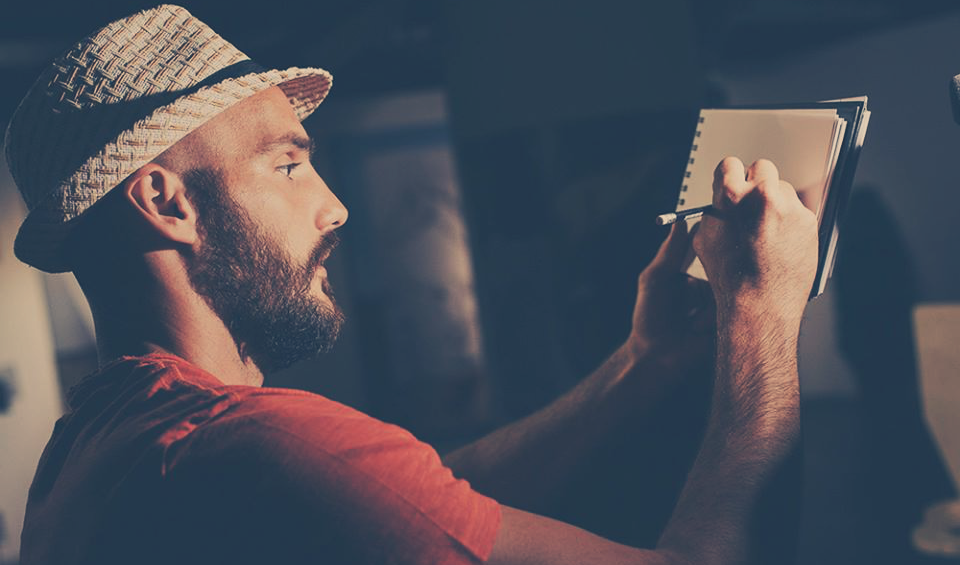Art and Activism
.
Heine's work, particularly that relating to the crisis in Gaza , came under the notice of thousands of U.S.
On the bright side, the flap gave him a wider U.S.
Interviewed recently by phone, Heine talked about why he chose to get involved in the Palestinian struggle and who inspires him.
Are you a full-time artist?
Yeah, I try. I do that as a freelancer. I do work for some newspapers, and some other international magazines. One of the great things with the Internet is that it allows you to be published everywhere around the world.
A lot of your illustrations depict what is going on in Gaza Israel -Palestine
Illustrations are a great way for activists to communicate information and help complete the purpose of an article. It's the way I choose to make people think and maybe change their behavior. Sometimes it works.
I focus especially on Palestine and Israel because I think it's one of the most important issues nowadays. This is an issue I studied in the frame of my degree in Journalism. Several people die every week there, mostly Palestinians. I was really shocked by this a long time ago and decided to do something with my art. But it's difficult, I think political art is too subjective and doesn't always reflect reality. So I'll probably be doing non-political things in the future.
I focus especially on Palestine and Israel because I think it's one of the most important issues nowadays. This is an issue I studied in the frame of my degree in Journalism. Several people die every week there, mostly Palestinians. I was really shocked by this a long time ago and decided to do something with my art. But it's difficult, I think political art is too subjective and doesn't always reflect reality. So I'll probably be doing non-political things in the future.
Your drawings evoke emotions from sadness to outrage. Do you think that's what it takes to wake people up to the reality of the violence in the Middle East ?
I think there is something in a drawing that's very different from a photo. There's a need with drawings to use symbols and other stuff like that to make people think in a different way. With a photo it would be easy just to show dead people which would shock people even more. With a drawing you can use symbols which is a very, very powerful way of making people aware of a situation, and you can also make comparisons. I'm not sure if it's important to shock people. It's more important to make them think. And a drawing doesn't need to be realistic, it needs to be symbolic.
Can an illustration be more effective than a photograph in some instances?
I absolutely agree with that. It's possible with illustrations to use symbols and also to add some personal opinion, which is not possible in photos. A photo is a transcription of one's opinion, but it's cold, it's without a frame, in a way. I think both photos and cartoons can be interpreted in the wrong way. They always need a word by the artist or a word by the author of an article which would fully explain the piece.
You have a unique style. Is there anyone that influenced you?
I'm not especially influenced by other illustrators but I'm inspired by other kinds of artists, singers, writers, novelists, photographers, anyone expressing what they think and denouncing things that are happening in the wrong way, according to them or the majority or minority of people somewhere. There is a British artist, Banksy, who has been a big inspiration in recent years and the Israeli photographer Gilad Benari.
You have a large gallery of illustrations and caricatures you've done of activists from around the world.
Yes indeed, I have been in touch with many activists organizations and people because of my studies in Journalism.
(*) Kathlyn Stone is a Twin Cities, Minnesota-based independent journalist who has covered general news, and business, international trade, and health care news and policies for public and professional audiences since 1980.
.
.
She brings an insider’s understanding when covering government and politics, late-breaking science (especially that pertaining to neurological research), consumer health news, and public policy. In addition to years of newspaper and magazine reporting, she has worked in media relations and communications for national non-profits, a state legislature, the business sector, and government agencies. Through these experiences Stone has developed a healthy skepticism of politicians, public relations practitioners and media organizations that put profit before truth. Experts – often unsung heroes among government or corporate staff, scientific researchers or passionate activists — who speak truthfully and knowingly about an issue, are top sources. Stone is also the publisher and editor of Flesh and Stone.


